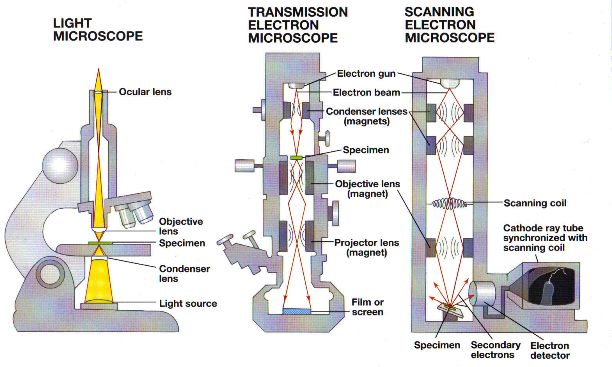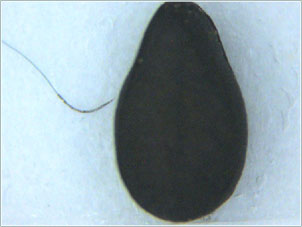Further Developments in Microscopy
(Supplement to the History of Medicine Lectures)
Adam Blatner, M.D.
In Lecture 1, I described the earlier history of the microscope, including pictures of Hooke's 1660 compound microscope, and describing Anton van Leeuwenhoek's tiny but powerful simple microscopes, as well as showing a few microscopes made in the 1700s.
The technology of the microscope advanced: Here are some pictures of 19th century microscopes.
In the next session we'll talk about Joseph Lister, the physician recognized most commonly for establishing the idea of antisepsis in surgery. His father was also named Joseph Lister, Senior, was also a physician, and devised a special combination lens that when put together countered some of the distortions of light that happen in more powerful compound microscopes. This happened in 1830, and made further developments in histology---the just-beginning sub-field of the study of microscopic anatomy---possible.
In the ensuing decade the nature of cells was then elaborated; and from this the idea that spontaneous generation was a misleading theory: Only cells give birth to cells. This was also laying the groundwork for germ theory.
Further developments in microscopy include:


